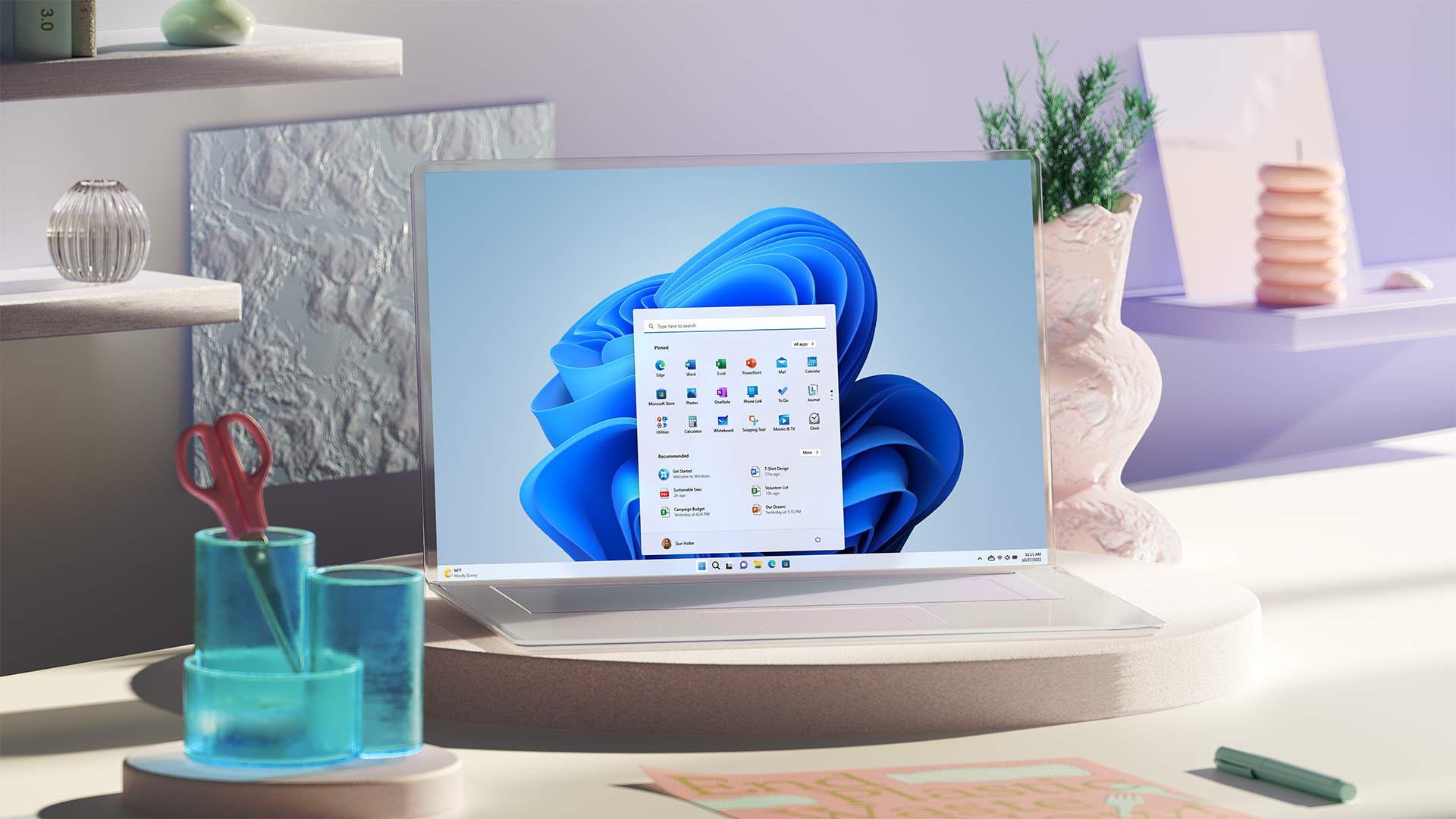
Windows 11 has slipped with its market share over the last month, at least going by a report from one analytics firm.
According to Statcounter’s figures for May, Windows 11 fell to a market share of 22.95% (across all Windows versions). That’s only a touch lower than April, during which Windows 11 stood at 23.11% – but it’s a real surprise to see Windows 11 effectively stall at this point (we’ll discuss why shortly).
Windows 10 rose very slightly to hit 71.9%, and it remains by far the most dominant version of Windows, even though Windows 11 has been around for a year and a half now.
Microsoft’s newest operating system has made slow progress, and particularly with this latest small stumble, that must be something of a concern for the company.
Elsewhere in the stats, Windows 7 remains fairly static on 3.6%, and Windows 8 versions amount to 1.09%.
Windows XP, believe it or not, still has users out there, holding a 0.32% niche market share. (There are reasons some might be forced to use Windows XP, as we chewed over recently – that said, though, if you are running the ancient OS, you really should be keeping it fully offline for obvious reasons).
Analysis: Trouble ahead for Microsoft?
The reason why Windows 11 slipping slightly for adoption is so surprising is because recently the operating system has been taking some sizeable strides forward (with Statcounter’s figures for earlier this year).
Now, granted, some of that was due to Windows 7 finishing its extended support period, meaning a bunch of users were then forced to migrate – initially more to Windows 10 than 11, but both platforms saw a boost.
However, even after Windows 7’s userbase settled at its new lower level (just under 4%), where it’s been for a few months now, Windows 11 has been up by a significant market share over the last two months – about 2% for both March and April in fact.
This led us to believe that the OS was having something of a surge, and would finally start making serious headway towards that 30% mark – but now, in May’s figures, we see Windows 11 having stalled.
Why might that be? The irony is that Microsoft announced the end of feature updates for Windows 10 at the close of April, a move that was clearly designed to persuade folks to migrate to Windows 11 (if they want any new features at all – except for minor tweaks). And yet during May, Windows 11 has suddenly floundered compared to the rest of 2023.
Is that an element of pushback, people digging their heels in – rather like our reaction to the end of feature updates for Windows 10? Perhaps there’s a touch of that here.

More likely, though, this could be bound up in faltering laptop sales, with fewer new pieces of hardware being sold – cost of living crisis, and all – resulting in less progress for Windows 11, maybe? That’s certainly a compelling possibility, as the current PC slump is being seen to hit some laptop makers hard (in the consumer and business arenas).
It’s possible, too, that we could be starting to hit a wall in terms of the number of PCs that are actually capable of being upgraded to Windows 11 (at least without changes to meet the more stringent hardware requirements, like adding a TPM module – and folks may not want to be bothered with that kind of hassle). Combined with lower sales of new PCs, this could be a recipe for a poor outlook, at least in the shorter-term, for Microsoft.
That said, all this theorizing aside, we shouldn’t get carried away with one month, and a single set of figures, from one analyst firm. Let’s keep an eye on Statcounter next month, and if Windows 11 once again flails around, then it’ll be time for Microsoft to be concerned about how its new OS is being received. After all, with the recent announcement of the Copilot AI – and killing off Cortana in Windows 10 (where it won’t have Copilot as a replacement) – Microsoft will doubtless be expecting to generate more footfall of users heading towards Windows 11.
If not, then Windows 11 is likely to have a tough time of things until we get closer to the end for Windows 10 starting to come into view (2025). Either that, or the current PC sales slump starts to ease off.







